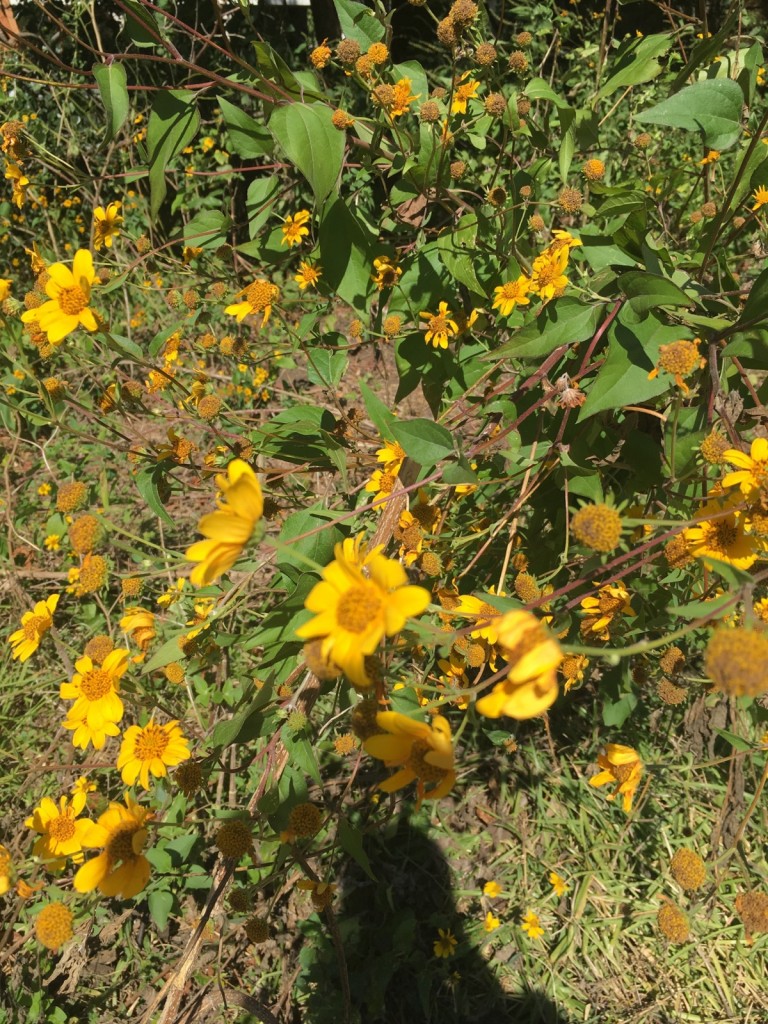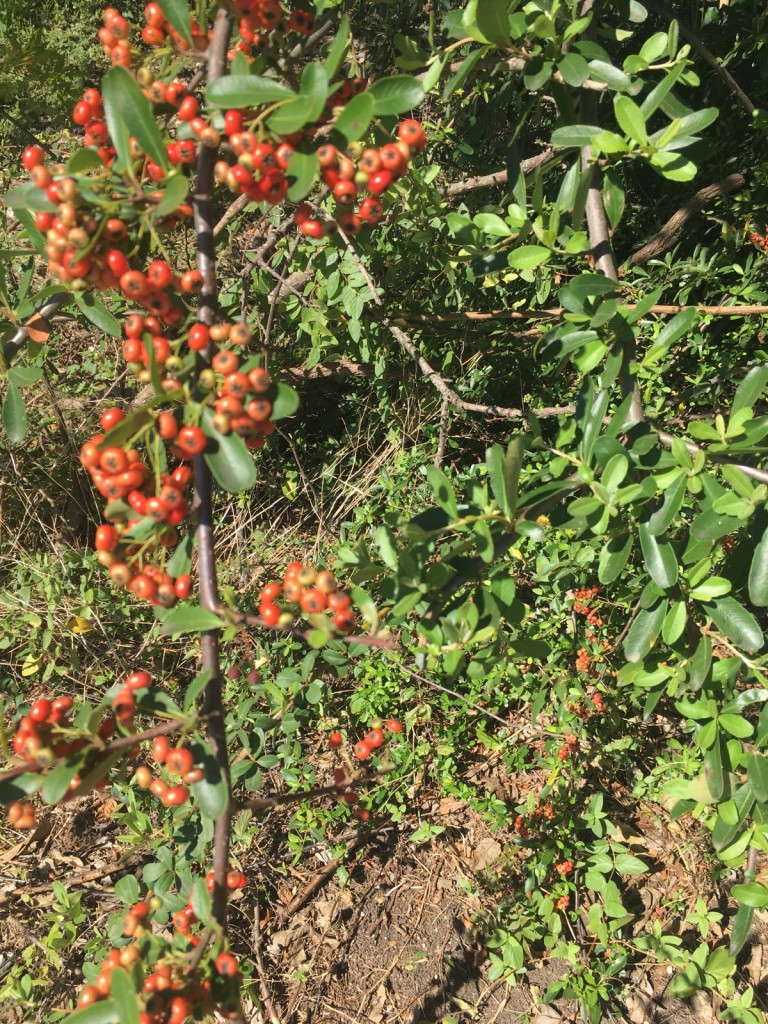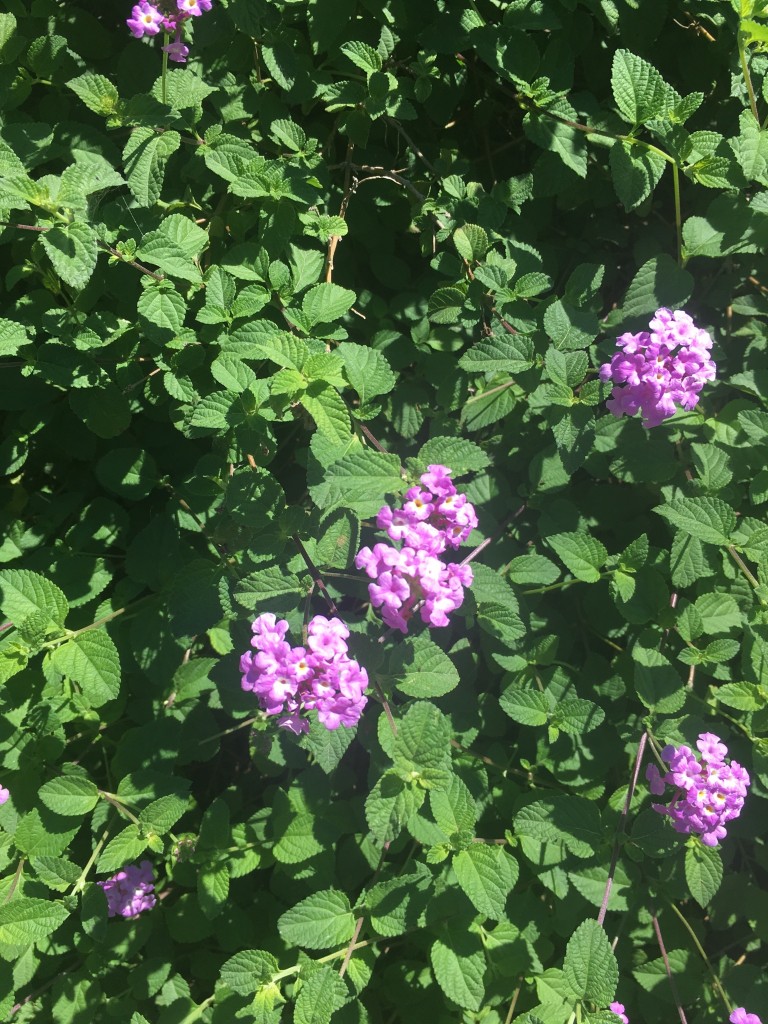I spotted this light colored, very pretty flower while walking through the zoned off construction area on campus (whoops…). It’s delicate color caught my eye, and because I know St. Edward’s facilities staff usually plants native Texas species, I had to know what it was.
The Drummond’s wild petunia (Ruellia drummondiana) is a perennial plant native to Texas. It’s habitat ranges from woodlands edge, prairies, plains, meadows, pastures, to savannahs. Drummonds wild petunia grows pretty lavender flowers throughout the summer (which is interesting because I took this photo in November). The leaves are dark green above, and the flowers are around 42 mm long. This plant usually grows to be 1-3ft tall.
Drummond’s wild petunia has many benefits to wildlife in Texas. The flowers attract butterflies, in particular the Common buckeye (Junonia coenia) and are a common nectar source for many species.
The species is named after Thomas Drummond, (ca. 1790-1835), a naturalist who made a trip to America to collect specimens from the western and southern United States. His collections were the first made in Texas that were extensively distributed among the museums and scientific institutions of the world.
Check out my inaturalist post here.
Source: http://www.wildflower.org/plants/result.php?id_plant=RUDR










